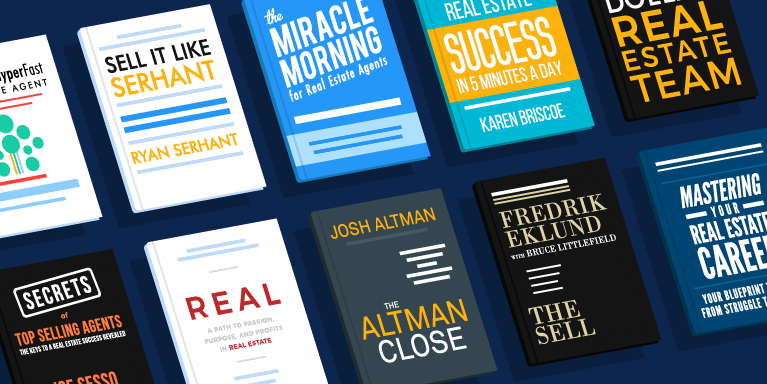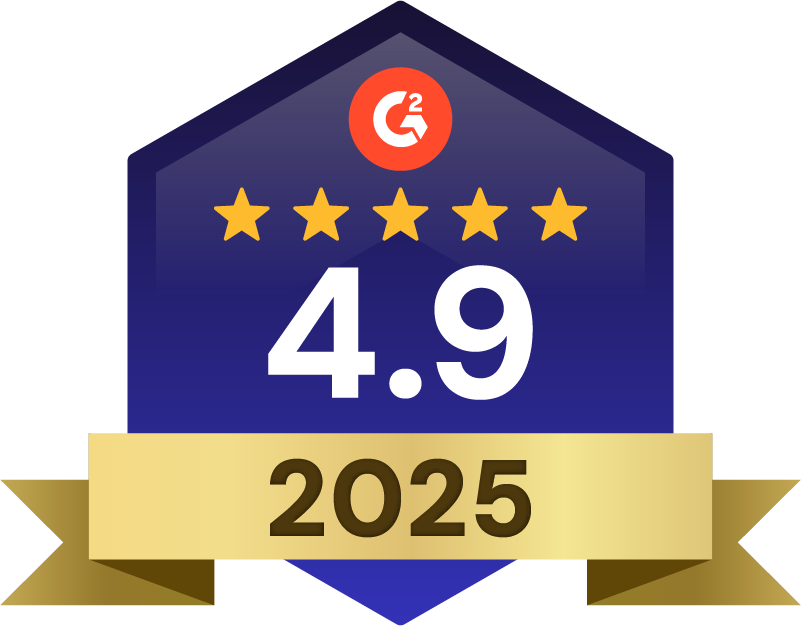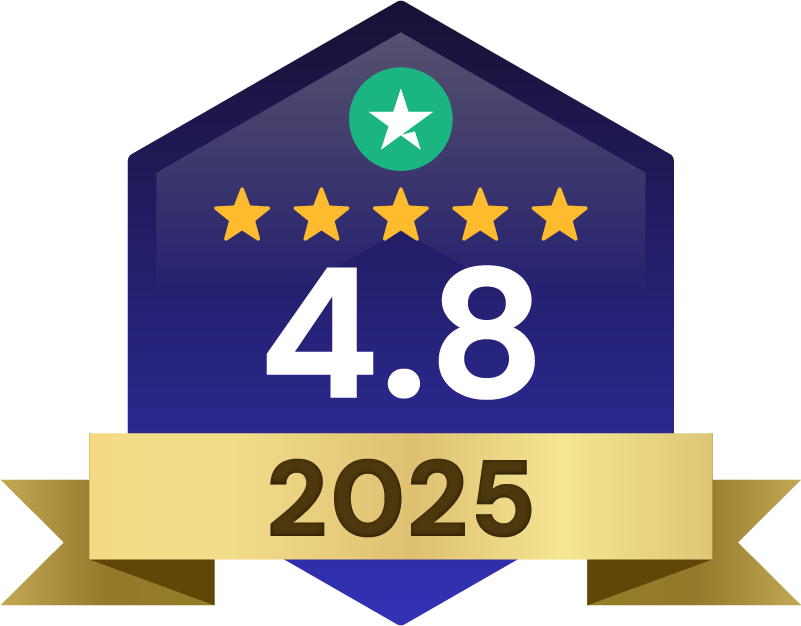Good real estate habits is usually what determines your real estate success. Learn how to establish good, profitable habits, and how to get rid of bad, costly ones.
Branding & Design Industry Insights
Why do some real estate agents succeed, but the majority fail? This is a question that all real estate agents ask themselves at one point or another. This is especially true for new agents, as well as those that are not reaching the goals they hoped they would at this point in their career.
However, success in real estate usually comes down to the agent’s habits. Not just work habits, but also personal ones. Good habits lead to success, and bad ones move you away from success.
Sure, this may seem kind of obvious, but HOW exactly can you establish new, constructive habits that will help you reach your real estate goals?
How can you make habits work for you?
And why are bad habits SO DIFFICULT to change?
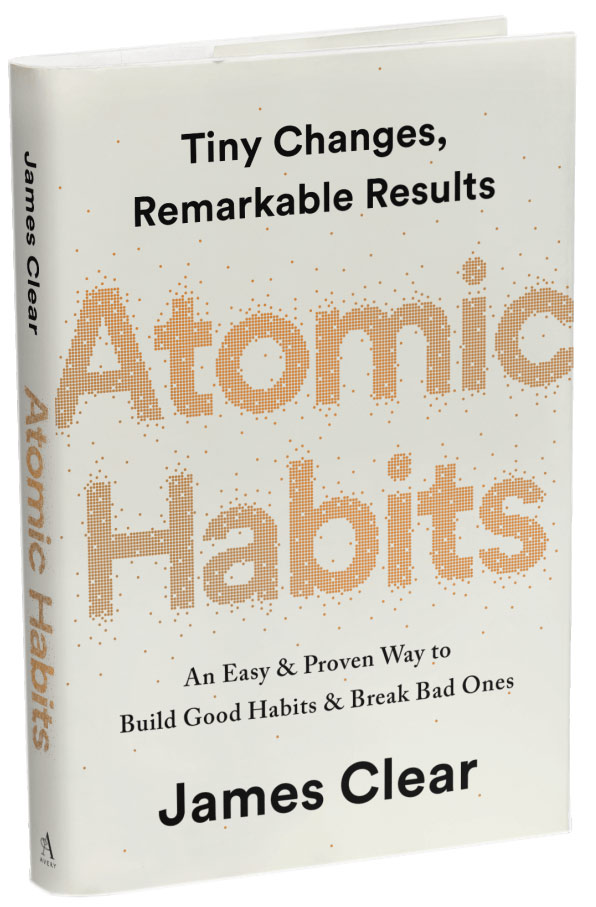
In this article, we’ll answer these questions by taking a look at some of the lessons taught by the book Atomic Habits.
This article will by no means cover all the lessons included in the book. We sincerely recommend that you check it out yourself.

Why Do Your Habits Matter So Much?
According to the Cambridge Dictionary, a habit is “something that you do often and regularly, sometimes without knowing that you are doing it.”
Whether we notice it or not, we all have habits. For some people, the first thing they do in the morning is brew a strong cup of coffee. For others, the first thing they do once they get to their office is check their email and social media accounts.
All of these behaviors we do automatically and without much (or any) conscious thought.
All of our habits have a profound effect on our lives. Think about it: the amount of money you have in the bank is the result of your financial habits. Your physical fitness is a result of your exercise and eating habits.
And just like compound interest can turn small, regular savings into a fortune when given enough time, habits can have a drastic effect in your life when given enough time.
Good habits can lead to amazing results. Bad ones can crush you.
For example, where would your real estate career be in a year if you were to improve by just 1% each day? Would you be 365% more productive?
Try a massive 3,778% improvement!
Of course, we all know we need to replace bad habits with good ones. But as so many broken new year’s resolutions can tell us, it’s difficult to make changes that stick.
So to improve our chances of making permanent changes in our habits, it helps to understand how habits work, and how they get established in the first place.
Click the button below to learn more about pricing.
How Do Habits Work?
Every single action that we take is made to solve a problem. Sometimes the problem is that we notice something that will make us feel good and we want it. Other times we have a pain point and we want to ease it or remove it.
Our habits are strategies that our brains have created to solve some of those common problems automatically, and without our conscious input. That’s why some of our habits are as automatic as breathing or sleeping.
Of course, not all habits are beneficial. Binging on Netflix everyday after work instead of studying or working isn’t healthy in the long run. But in the short run, it helps you unwind from a stressful day at work, and can make you feel entertained and relaxed. Because those are benefits you can enjoy NOW, instead of the delayed gratification and benefits that studying and working out will bring later, it’s much easier to be a couch potato.
All habits have 4 stages of a habit: cue, craving, response, reward.
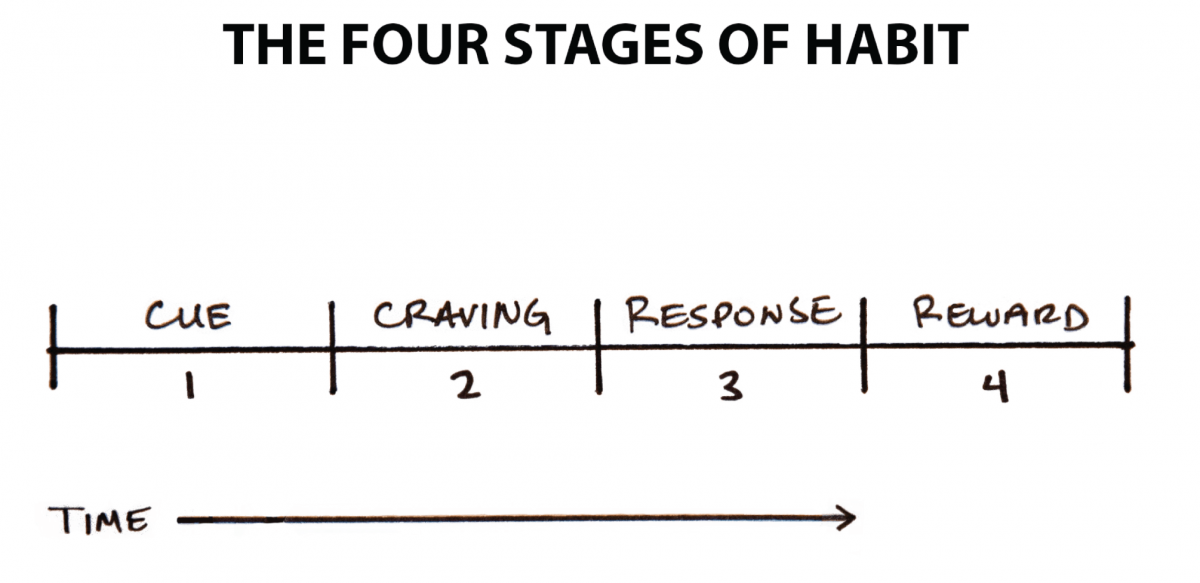
A cue is what triggers your brain to begin a behavior. It could be an environmental cue (such as seeing your comfy couch and large screen TV), or a mental one (feeling stressed or bored). This initial cue predicts a reward down the line, and leads to a craving.
A craving is the motivating force that forces you to stop what you’re doing (your current state) and take an action. Without a motivating force, we have no reason to act. You ACTUALLY crave the habit itself, but rather the reward it delivers.
Response is the actual habit you perform. This could be a physical action, or a thought. Whether you follow up on the response or not depends on how motivated you are to get that reward, and how much friction you need to overcome to follow up on the behavior.
If the response requires more physical or mental energy that you are willing to expend or your brain decides that the reward isn’t worth the effort, you simply won’t do it.
Reward are the end goal of every habit. It’s the dopamine hit you get when you check your social media account instead of doing your job.
Rewards reinforce the cycle, and help associate the reward with environmental cues, making it a lot easier for the habit to continue.
If a behavior is insufficient in any of these 4 stages, the habit won’t form.

How To Create Good Habits In Real Estate, And Make Them Stick
Now that we know the 4 stages of a habit, it can be used to create a practical framework to design good habits and eliminate bad ones.
James Clear calls this framework the Four Laws of Behavior Change. By directly manipulating the four stages of a habit, you can create the foundations for a new beneficial habit.
How to create a good habit
- 1st stage (Cue) -> Make your new habit the logical thing to do
- 2nd stage (Craving) -> Make it something you look forward to
- 3rd stage (Response) -> Make it easy and accessible
- 4th stage (Reward) -> Make it satisfying and rewarding
For example, let’s say that your goal is to make it a habit to prospect regularly. You want to do so because you’re tired of living on a “feast and famine” cycle, and you want to have a more consistent income.
How can you do that?
Start by creating a cue for prospecting. You need to make it obvious and logical that you are going to do prospecting. You can do so by setting an alarm on your phone, printing out a list of contacts you want to reach out to, and taping it to your laptop, asking a co-worker to remind you and keep you accountable, etc.
Next, you need to develop a craving for prospecting. To do so, you can pair your prospecting with another habit you enjoy doing. You could brew yourself a cup of your good coffee, prepare yourself your favorite snack, light up a good candle, etc. By making it attractive, you will look forward to prospecting.
Response is the next step. Make it as easy as possible to prospect. Clear your schedule ahead of time, remove distractions (including gadgets, toys, phones, chores, and yes, even people) from your environment.
Friction is the biggest enemy of action. So in order to make it as easy as possible, start with a small number of prospects. Prospect for 10 minutes twice a week to begin. And little by little, increase the amount of time and frequency you spend doing prospecting.
Sure, it may not seem like a lot at first. But it’s always easier to refine a habit once it’s been established than it is to start one at full force.
Finally, add a reward at the end of your prospecting that makes the habit satisfying. This reward doesn’t necessarily need to be a purchase, or giving yourself a one hour break. Your goal is to be more financially productive after all. A good way to make your new habit satisfying it by using a habit tracker.
Apps such as Habitica and Epic to-do list gamify your habits, combining the satisfying feeling of completing a task on a video game with the benefits of a good, real life habit.
If video games aren’t your cup of tea, you can also try out Habitify.
Or if you prefer the tactile experience of pen and paper, get yourself a planner or good ol’-fashioned calendar, and every time that you do your prospecting, mark it with a classic red X.
The more you follow up on your new habit, the less likely you will want to break your winning streak.
In summary, whenever you want to establish a new habit behavior, ask yourself:
- How can I make it obvious?
- How can I make it attractive?
- How can I make it easy?
- How can I make it satisfying?

How Do You Get Rid Of Bad Habits?
The stages of a habit can be inverted to uproot a bad habit, and make it much easier to avoid in the long run.
How to break a bad habit
- 1st stage inversion (Cue) -> Remove anything that may cue your bad habit
- 2nd stage inversion (Craving) -> Make it a chore to do your bad habit
- 3rd stage inversion (Response) -> Add hurdles you need to overcome in order to do your bad habit
- 4th stage inversion (Reward) -> Make giving into your bad habit unsatisfying and mind-numbingly dull
For example, suppose you want to break your habit of making compulsive Amazon purchases.
First, remove any cues that may take you to Amazon, or make you think of it. Block the website on all your devices, and remove all your saved passwords to Amazon.
Unsubscribe from all of your Amazon newsletters, and have all of your future purchase updates go to a different email address. That way whenever you need to check your email for work purposes, you won’t be reminded.
Additionally, you can also install an Ad blocker to remove all ads related to Amazon.
Next, make the idea of shopping on Amazon unattractive. Ask a trusted family member or friend to be your accountability partner, and add them to your Amazon account. That way, if you ever make an impulsive purchase, they will know you made it, and can confront you about it.
Next, make it difficult to make an Amazon purchase. Call the bank and limit your debit and credit card spending limits. Leave your credit cards at home, and force yourself to use cash.
Get rid of your Amazon Prime account if possible. And if not, change the delivery address to your accountability partner’s address or a PO box in an inconvenient location.
Finally, make it unsatisfying. Use your habit tracker to mark days you avoided impulsive purchases in green (or whatever the app uses to mark a success), and the days you gave in with red (or whatever the app uses to mark a failure).
Your accountability can also confront you about the purchase, and deliver the item outside of its nice packaging. The less satisfying the experience, the less likely you are to repeat it.
Conclusion
Of course, these tips are just a tiny portion of the lessons that Atomic Habits offers. While it’s not a real estate book, its lessons can be applied to your real estate business and will help you become the agent you want to be.
If you want to stay up to date on all of our free and valuable content, subscribe to our newsletter. We publish valuable articles and guides such as this one regularly. That way you can constantly improve your marketing skills, and become a more effective real estate marketer.
And if you want to dominate your hyperlocal real estate market, check out AgentFire’s AgentFire Sites, #1 rated for several years in a row.



